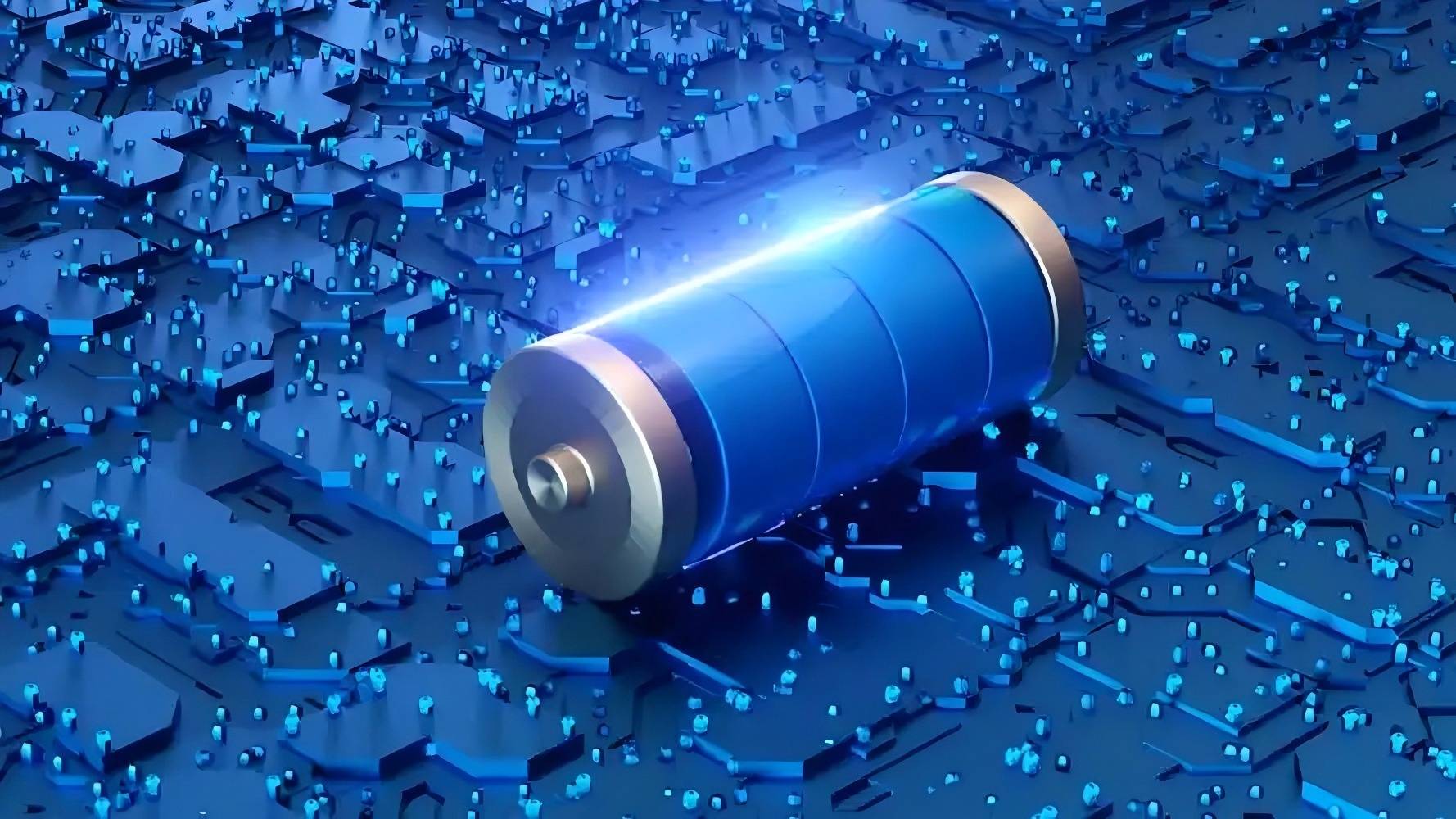
Connecting lithium batteries with different amp hours (Ah) is a common challenge for DIYers, solar enthusiasts, and off-grid adventurers. While it may seem like a simple task, mismatched capacities can lead to reduced efficiency, shortened battery life, or even dangerous thermal runaway. In this guide, we'll dive deep into safe methods for connecting mixed Ah batteries, backed by technical insights and real-world use cases.
Understanding the Risks of Mixed Ah Setups
- Capacity Imbalance: A 10Ah battery paired with a 20Ah battery will discharge unevenly, forcing the smaller battery to work harder and degrade faster.
- Voltage Drift: Even if batteries share the same nominal voltage (e.g., 12V), slight voltage differences (>0.2V) can trigger reverse current flow, damaging cells.
- Thermal Runaway: Overheating due to imbalanced loads is a critical safety hazard, especially with lithium-ion chemistries.
Option 1: Series Connection (Voltage Boost)
- How It Works:
- Connect (+) of Battery A to (-) of Battery B. Total voltage = sum of individual voltages.
- Example: Two 12V batteries (10Ah + 20Ah) in series = 24V system, but capacity locked at 10Ah.
- When to Avoid:
- Mixing Ah ratings in series forces the lower-capacity battery to over-discharge, risking permanent damage.
Option 2: Parallel Connection (Capacity Boost)
- How It Works:
- Link (+) terminals together and (-) terminals together. Total Ah = sum of all batteries.
- Example: 12V 10Ah + 12V 20Ah in parallel = 30Ah at 12V.
- Critical Safety Step:
- Use a voltage balancer or pre-charge resistors to equalize voltages before connecting.
Step 1: Voltage Matching
- Measure each battery's voltage with a multimeter.
- If voltages differ by >0.2V, use a DC-DC charger (e.g., Victron Orion-Tr) to align them before connecting.
Step 2: Install Protection Devices
- BMS (Battery Management System): Choose a BMS with active balancing (e.g., JK BMS) to monitor individual cells.
- Fuses/Circuit Breakers: Add a fuse rated for 1.25x the max current (e.g., 30A fuse for 24A load).
Step 3: Balance Charge
- Use a smart charger with balance mode (e.g., NOCO Genius10) to ensure all cells reach 100% SOC uniformly.
Step 4: Ongoing Monitoring
- Track battery temperatures with infrared thermometers.
- Replace batteries if capacity deviation exceeds 15%.
Case 1: Solar Power Bank for Off-Grid Cabin
- Setup: 2x 12V LiFePO4 batteries (100Ah + 150Ah) in parallel.
- Tools Used:
- 150A BMS with Bluetooth monitoring.
- 40A fuse between batteries.
- Result: 250Ah capacity powers lights and fridge for 3 days.
Case 2: RV Battery Upgrade
- Mistake to Avoid: Mixing a new 200Ah battery with an old 180Ah battery caused 20% capacity loss in 6 months.
- Solution: Use identical batteries or add a DC-DC charger to isolate the old battery.
- Avoid "Zombie Batteries": Never reuse a swollen or deeply discharged (<2.5V/cell) battery in a mixed setup.
- Wire Sizing Matters: For parallel connections, use equal-length cables to prevent resistance imbalances (e.g., 4 AWG for 100A systems).
- Test Under Load: Use a programmable load tester (e.g., CANZERO CX-100) to simulate real-world usage.
Connecting lithium batteries with different amp hours is possible—but only with meticulous planning and the right tools. By prioritizing voltage balancing, investing in a robust BMS, and following industry-tested protocols, you can build a reliable energy system that maximizes both safety and performance.
Next:How to Calculate the Capacity and Voltage of LiFePO4 Battery You Need
Previous:CORNEX First Batch of 688Ah Ultra-large Capacity Battery Cells Rolls Off the Production Line!
Contact Person: Miss. Elsa Liu
| WhatsApp : | +8617763274209 |
|---|---|
| Skype : | +8617763274209 |
| WeChat : | 17763274209 |
| Email : | Elsa@lifepo4-battery.com |